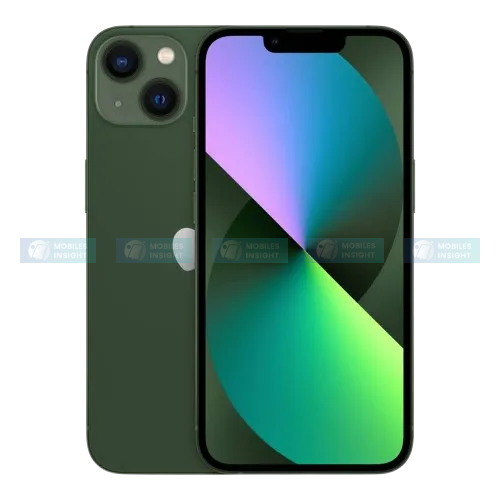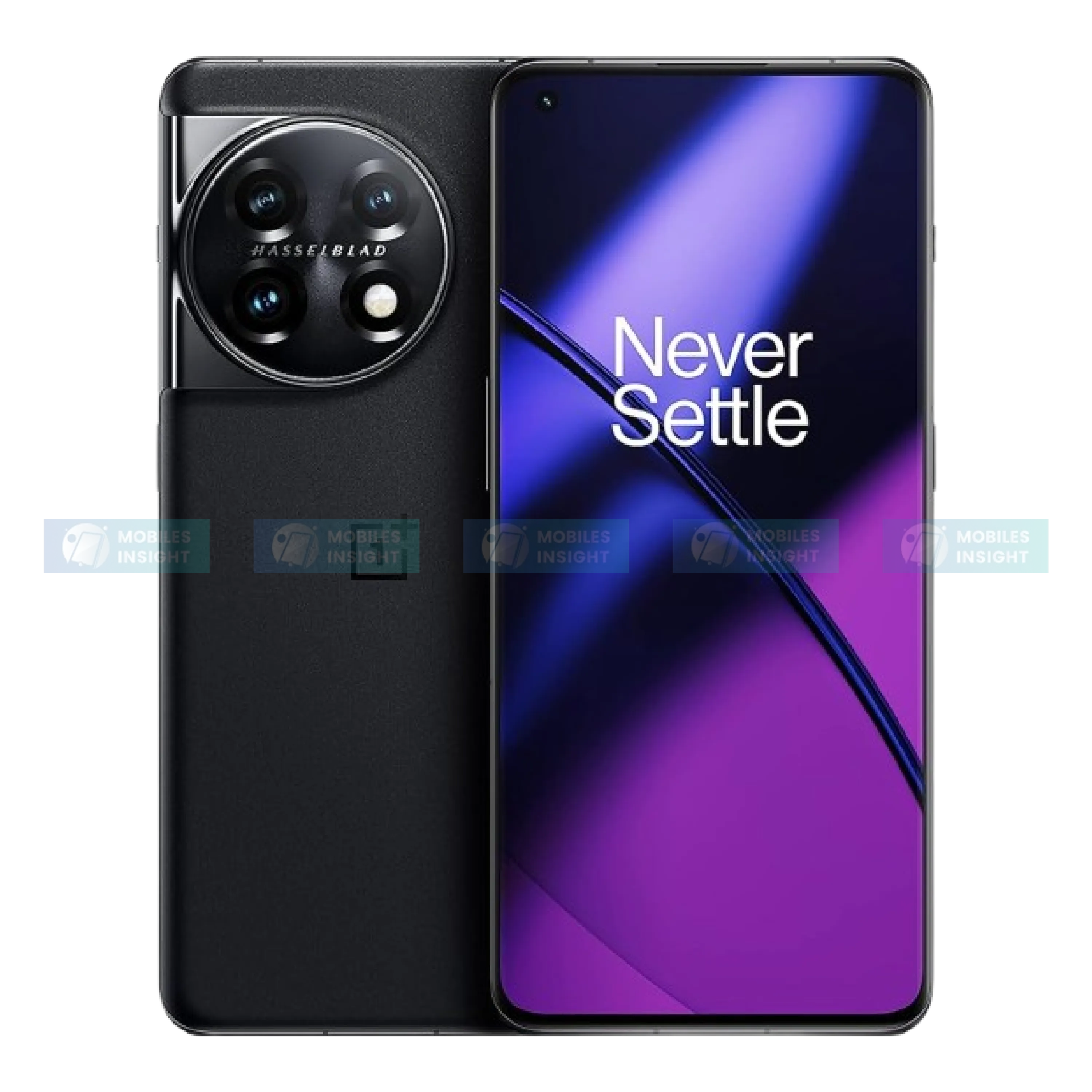Google Pixel 10 Series Launched with AI Magic, Tensor G5, and Pixelsnap Charging
The Google Pixel 10 series comes with the new Tensor G5 chip made for powerful AI features, Pixelsnap wireless charging, and satellite support for WhatsApp calls, video, and emergency use. It is Google’s most advanced phone lineup so far, combining AI technology with real-life usefulness for both global and Bangladeshi users.
A new horizon of smartphones with AI power
When I first saw the Pixel 10 series, I immediately knew this was not just a small upgrade. Unlike previous models, Google has designed the Pixel 10 around three big changes: built-in AI on the smartphone, faster charging with Pixelsnap, and satellite connectivity through Starlink.
This is more than just a smartphone; it feels like a new way of using technology. In Bangladesh, where 5G is still growing and good connectivity is very important, the Pixel 10 shows how hardware, software, and AI can work together to give a better experience.
Design Philosophy: Subtle Yet Powerful Evolution
At first glance, the Pixel 10 doesn’t show big changes. The same visor-style camera bar is still there, but the smooth matte aluminum and thinner edges make it look more modern. Google focused on improving what’s already there instead of changing everything, which means the real upgrades are inside the phone.
Design & Durability
-
The Pixel 10 has a smooth aluminum frame that feels premium and is easier to hold.
-
The phone's front and back are protected by Corning® Gorilla® Glass Victus® 2, which helps prevent scratches and damage from drops.
-
With IP68 water and dust resistance, the phone can handle rain, splashes, and dust, making it suitable for everyday use.
-
It is made from 100% recycled aluminum and at least 32% of its materials are recycled, showing Google’s effort to be more eco-friendly.
Performance & AI Integration
-
The new Google Pixel 10 comes with the Tensor G5 chip, made using a 3nm process. This makes the phone faster and smoother, letting you do many tasks at once without lag.
-
With Gemini Nano, the Pixel 10 can use AI on the phone itself. This helps with things like real-time voice translation and smart suggestions, even without the internet.
-
The Pixel 10 also works with PixelSnap magnetic accessories. You can easily charge it wirelessly and use MagSafe-style accessories.
Camera & Photography Features
-
The Pixel 10 comes with a new telephoto lens that makes zooming and taking photos much better.
-
It has smart AI tools like Camera Coach and Auto Best Take, which help you take great pictures by giving tips and improving shots automatically.
-
You can also use Pro Res Zoom to zoom in up to 100x, letting you capture detailed close-up photos easily.
Battery & Charging
-
The Pixel 10 comes with a 4,970mAh battery and supports fast charging. Using a 30W USB-C PPS charger, it can charge up to 55% in about 30 minutes.
-
It also has Pixelsnap wireless charging, which is Qi2-certified, and can charge at up to 15W without using any cables.
Connectivity & Software
-
The Pixel 10 comes with Android 16 already installed and will get updates and security patches for 7 years, keeping your phone safe and up to date.
-
It supports Wi-Fi 6E, Bluetooth 6, NFC, and dual-band GNSS, so you can enjoy fast and reliable connections.
-
For safety, it includes Satellite SOS, Emergency SOS, Crisis Alerts, and Car Crash Detection, helping you stay secure and worry-free.
Tensor G5: The AI Powerhouse That Redefines Performance
The Pixel 10 series runs on the new Tensor G5 chip. Instead of just focusing on speed, Google built it with AI at the center.
-
AI-first design: It handles tasks like translation, photo improvements, and call screening directly on the phone.
-
Less reliance on cloud AI: Works faster, stays private, and is more reliable.
-
Smart learning: Learn your daily usage to save battery.
In simple terms:
-
Your phone can quickly summarize Bangla news articles.
-
WhatsApp calls stay clear even on weak 5G networks.
-
The camera can detect dust on the lens using AI, no service center needed.
For Bangladesh, where mobile internet can be slow or unstable, the Tensor G5 makes sure AI features still work smoothly.
AI Magic in Everyday Life
When Google calls it “AI Magic,” it’s not just marketing. I’ve tried the features, and they really feel futuristic.
-
AI call interpreter: The AI call interpreter lets you talk with someone in Chinese, Bangla, or Arabic, and the Pixel translates in real time without delays.
-
AI writing assistant: An AI writing assistant helps you write professional emails in Bangla-English with a natural tone.
-
AI-powered camera: AI cameras fix group photos by correcting blinks using video frames.
This isn’t just for show. It saves time and solves real problems. For a Bangladeshi entrepreneur, it can help close deals without language barriers. For students, it makes research easier by summarizing PDFs in seconds.
Pixelsnap Charging: A New Standard
Wireless charging has always been easy, but not life-changing. Pixelsnap charging changes that.
-
Magnetic precision means the charger snaps perfectly into place, so it never goes wrong.
-
It charges faster than many wired chargers, reaching 80% in under 30 minutes.
-
Pixelsnap works with Google tablets, Pixel Watch, and even future Chromebooks.
In a Bangladeshi home with many devices, Pixelsnap lets you share one charger for all your Pixel gadgets. No need for different cables, one charger is enough for everything.
Satellite Connectivity: Starlink Enters the Pixel Experience
A big step in mobile connectivity has come with the Google Pixel 10 using Starlink's satellite service. This allows users to make voice and video calls on WhatsApp without needing a normal cellular network.
Why This Matters for Bangladesh
-
Bridging Connectivity Gaps: Many rural areas in Bangladesh still do not have stable 5G networks. Starlink's satellite internet, now officially available in the country, can provide fast and reliable internet even in remote areas.
-
Communication During Disasters: During floods, cyclones, and other natural disasters, normal communication networks often stop working. Starlink’s satellite connections keep important communications open, helping with coordination and emergency support.
-
Real-Time Calls and Video: Other phones with satellite support usually only offer text messaging. The Pixel 10 allows real-time voice and video calls on WhatsApp even in areas without mobile network coverage.
-
Affordable Access: Starlink in Bangladesh is priced reasonably. Residential plans start at Tk 4,200 per month, with a one-time equipment cost of Tk 47,000. This makes high-speed satellite internet available to more people.
In short, the Google Pixel 10 with Starlink is not just a premium phone. It is a useful tool that improves connectivity, keeps communication open during emergencies, and brings reliable internet to areas that need it most.
Pixel 10 vs Competitors: Where It Stands
When compared to the Apple iPhone 16 Pro Max or Samsung Galaxy S25 Ultra, the Google Pixel 10 holds its own.
AI Integration
-
Google Pixel 10: Runs on the new Tensor G5 chip made with 3nm technology. The CPU is 34% faster, and the AI processing unit is up to 60% stronger than the previous model. It also supports the Gemini Nano AI, which works 2.6 times faster and uses half the energy compared to before.
-
Apple iPhone 16 Pro Max: Uses the A18 Pro chip with a 16-core Neural Engine for smarter AI performance. The CPU is up to 60% faster, and the GPU works twice as fast.
-
Samsung Galaxy S25 Ultra: Powered by Snapdragon 8 Elite, offering advanced AI features like ProScaler to improve image quality on the display.
Satellite Support
-
Google Pixel 10: Adds satellite-based emergency SOS, making it safer in critical situations.
-
Apple iPhone 16 Pro Max: Also offers satellite connectivity for emergencies, improving previous features.
-
Samsung Galaxy S25 Ultra: Supports satellite SOS for reliable emergency communication.
Charging Efficiency
-
Google Pixel 10: Supports Qi2 wireless charging with built-in magnets, giving up to 25W wireless charging speed.
-
Apple iPhone 16 Pro Max: Can charge up to 30W via USB-C, reaching 50% battery in about 30 minutes with the right charger.
-
Samsung Galaxy S25 Ultra: Offers 45W wired charging for faster battery refill.
Camera Capabilities
-
Google Pixel 10: Has a smart AI camera features, including a 100x zoom and better low-light video recording.
-
Apple iPhone 16 Pro Max: Improved image processing and new creative tools powered by the A18 Pro chip.
-
Samsung Galaxy S25 Ultra: Features a 200MP main camera with four sensors for versatile photography and advanced imaging options.
The Google Pixel 10 is becoming a strong choice in the premium smartphone market, especially in Bangladesh where people usually prefer Apple and Samsung. Its smart AI features, satellite connectivity, and fast charging make it a good alternative to other phones. While Apple and Samsung still offer great devices, the Pixel 10’s special features make it attractive for users who want the latest technology.
Connectivity: 5G and Beyond
While 5G networks are growing in Bangladesh, the Pixel 10 is ready for the future with:
-
Enhanced 5G antennas for stable signals even in Dhaka’s crowded buildings.
-
Wi-Fi 7 support for faster internet at home with fiber connections.
-
Satellite backup to avoid call drops in rural areas like Sylhet and Barisal.
This shows Google knows that the future of mobile is not just about cellular networks but a mix of land-based and satellite internet.
Final Thoughts
After checking all its features, my conclusion is clear: the Google Pixel 10 is not just an upgrade; it shows the future of smartphones. AI is no longer just a buzzword; it is helping solve real problems for users in Bangladesh. The Pixelsnap charging system makes life easier, especially for households with many devices. Satellite connectivity through Starlink keeps you connected even when the network fails. For tech lovers, professionals, and innovators in Bangladesh, the Pixel 10 is definitely worth considering as a smart investment in future-ready technology.
Popular Phone Reviews

Samsung Galaxy A70 Review: Features, Performance, and Value Insights

Apple iPhone 16 Pro Max Review: Features, Performance, and Value Insights

Apple iPhone 12 Pro Max Review: Features, Performance, and Value Insights

Xiaomi Redmi 12 Review: Features, Performance, and Value Insights






